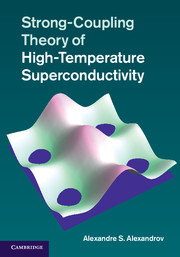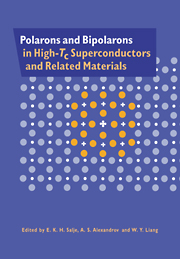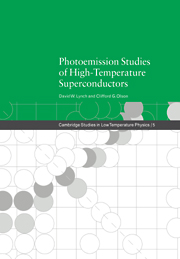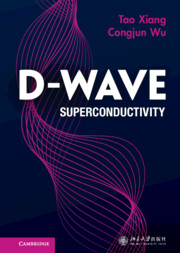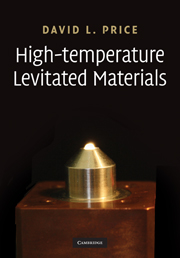Strong-Coupling Theory of High-Temperature Superconductivity
High-temperature superconductivity has transformed the landscape of solid state science, leading to the discovery of new classes of materials, states of matter, and concepts. However, despite being over a quarter of a century since its discovery, there is still no single accepted theory to explain its origin. This book presents one approach, the strong-coupling or bipolaron theory, which proposes that high-temperature superconductivity originates from competing Coulomb and electron-phonon interactions. The author provides a thorough overview of the theory, describing numerous experimental observations, and giving detailed mathematical derivations of key theoretical findings at an accessible level. Applications of the theory to existing high-temperature superconductors are discussed, as well as possibilities of liquid superconductors and higher critical temperatures. Alternative theories are also examined to provide a balanced and informative perspective. This monograph will appeal to advanced researchers and academics in the fields of condensed matter physics and quantum-field theories.
- Presents one particular theory to explain the origin of high-temperature superconductivity: the strong-coupling or bipolar theory
- Describes and explains numerous experimental observations and provides detailed mathematical derivations of key theoretical findings
- Critically reviews alternative theories, so that readers can assess different theoretical concepts of high-temperature superconductivity
Product details
May 2013Hardback
9781107018556
194 pages
252 × 176 × 15 mm
0.52kg
61 b/w illus. 2 tables
Temporarily unavailable - available from TBC
Table of Contents
- Preface
- 1. Coulomb and Fröhlich interactions
- 2. Small polarons
- 3. Inverse-coupling expansion technique
- 4. High-temperature superconductivity
- 5. Converting boson-fermion mixtures
- 6. Superconductivity from repulsion: theoretical constraints
- 7. Theory and experiment: confirmed predictions
- 8. Experiments explained: normal state
- 9. Experiments explained: superconducting state
- 10. Further predictions
- Index.

